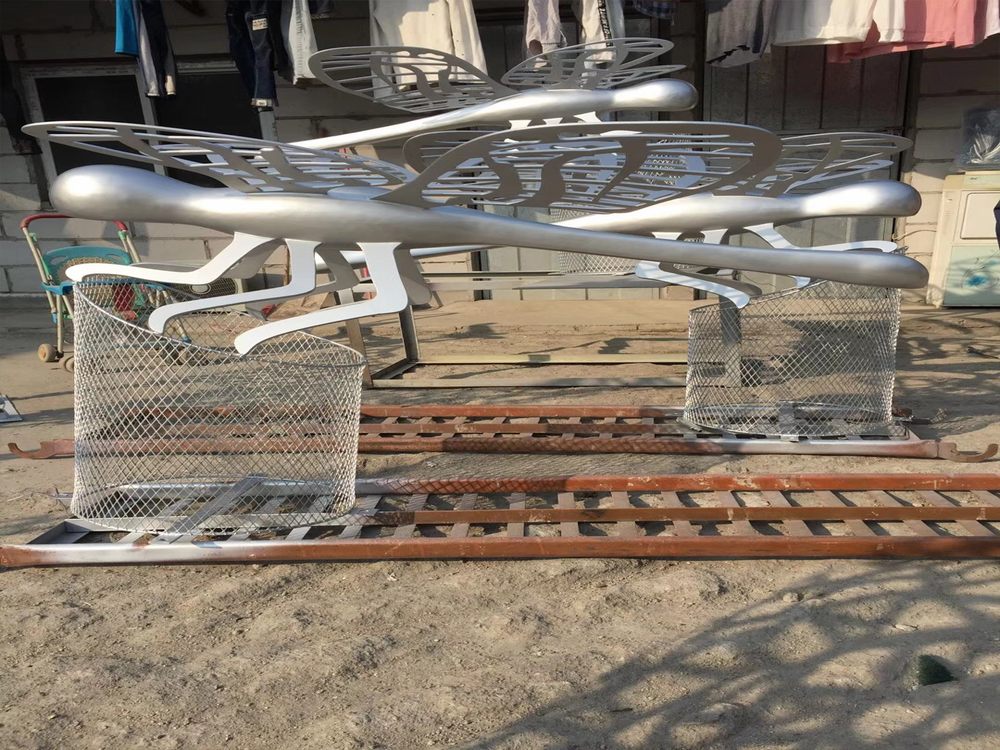
The pricing of imported porcelain sculptures is significantly influenced by trade tariffs and international regulations, which add layers of cost and complexity to the global art market. Governments impose tariffs as a form of tax on imported goods, directly increasing the final price paid by consumers. For delicate and high-value items like porcelain sculptures, these costs can be substantial, often ranging from 5% to 25% depending on the country of origin and trade agreements in place.
Beyond tariffs, international regulations such as safety standards, cultural heritage protections, and anti-dumping measures further impact pricing. For instance, certain countries restrict the export of antique porcelain, limiting supply and driving up prices. Additionally, customs inspections and compliance with labeling requirements can delay shipments, indirectly raising costs due to storage and handling fees.
Market trends also play a role. When trade tensions escalate, tariffs may spike unpredictably, forcing importers to adjust pricing strategies. Buyers can mitigate these effects by sourcing from countries with favorable trade agreements or investing in bulk shipments to spread costs. Understanding these dynamics is crucial for collectors and dealers navigating the intricate world of imported porcelain art.

